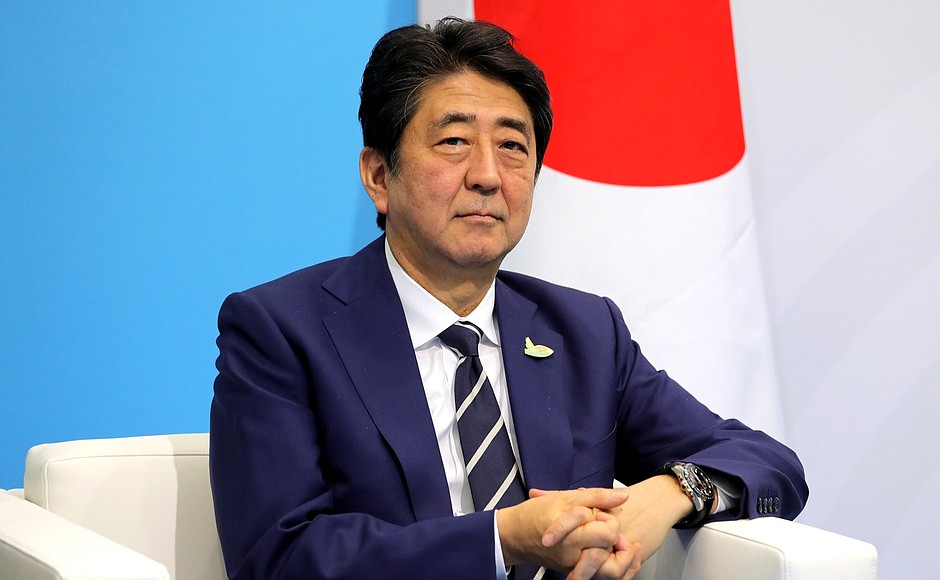
On July 8, while campaigning for an upcoming parliamentary elections, the former Prime Minister of Japan Shinzo Abe was assassinated by a 41-year-old Japanese man. Abe was shot twice and was immediately taken to hospital, hours after which he died of his wounds.
Tetsuya Yamagami, 41, the Japanese man was caught red handed for the assassination with a homemade weapon. The murder is expected to spark a big debate over limits on the use of industrial ammunition in the coming weeks.
According to experts, the gun used by Tetsuya Yamagami was made from freely available items – two tubes without grooves, barrel-type, wood as the base of the body, and duct tape to attach the frame. A battery was attached with a basic electrical circuit for the trigger. A combination of improvised propellant was used to propel projectiles. Some experts have opined that some of the smaller parts, such as the trigger, sight, nuts, bolts, and fasteners were made by a 3D printer.
It is important to note that the gun’s design, fits exactly the Japanese restrictions, where even industrially produced ammunition would be extremely difficult to obtain.
Shinzo Abe’s assassination is the first assassination of a sitting or former Japanese leader since the 1936 coup attempt in which several figures, including two former prime ministers, were killed.




